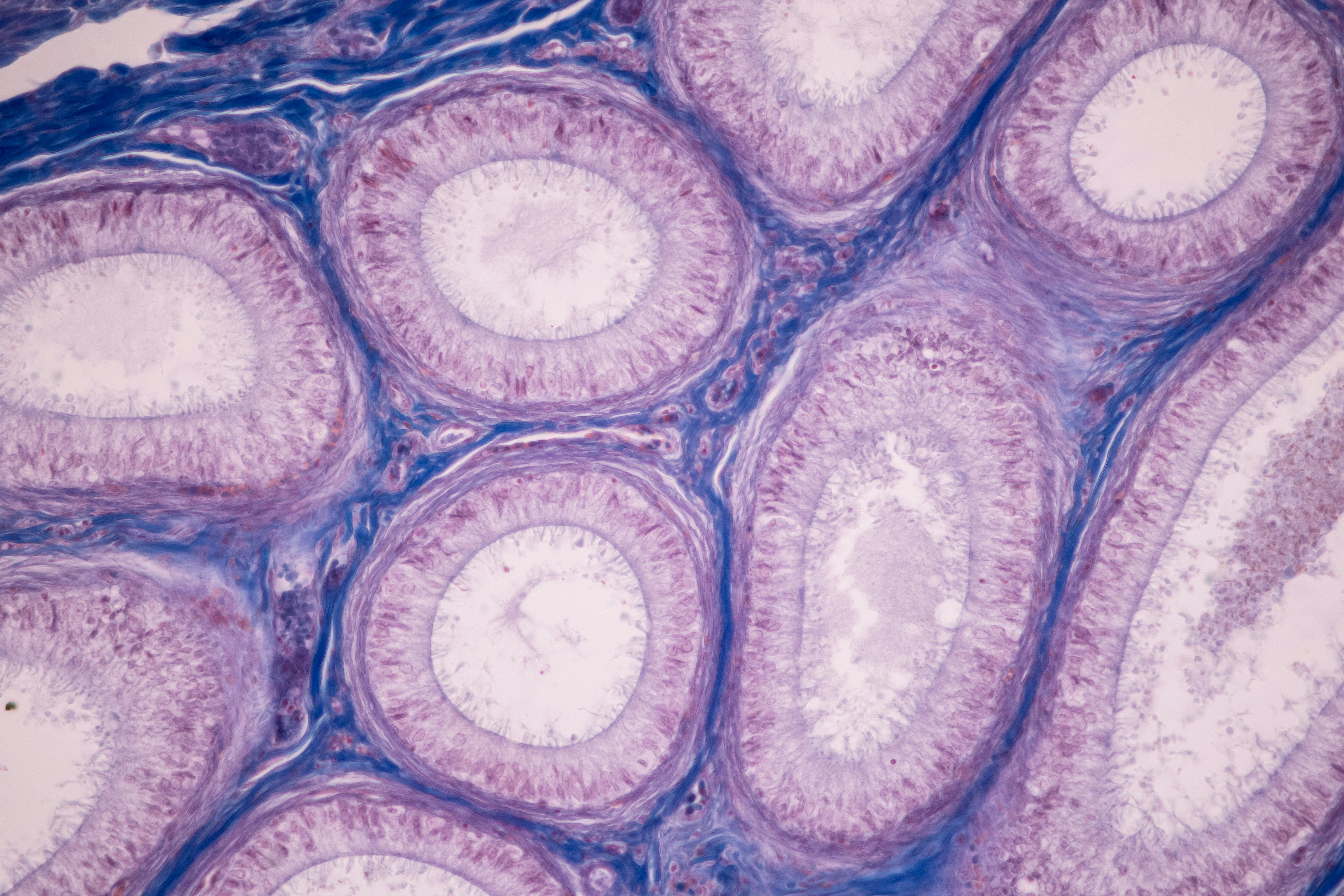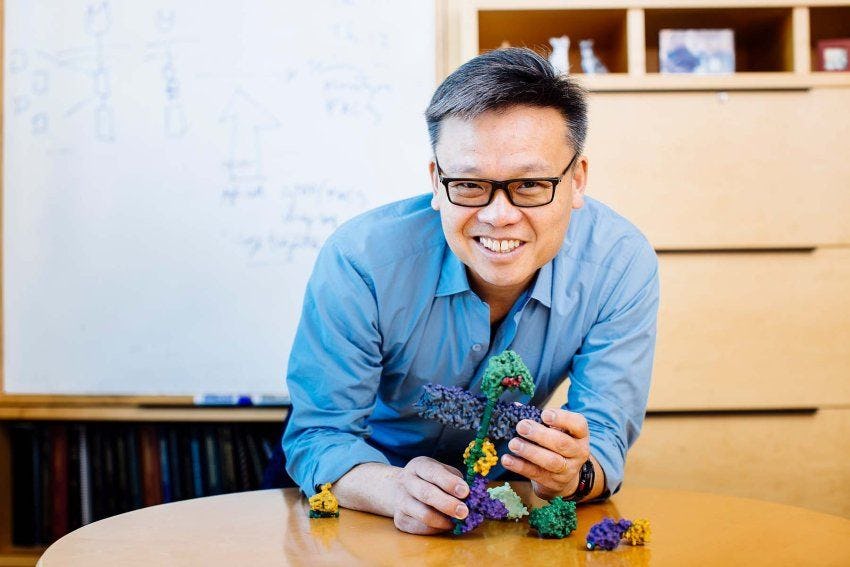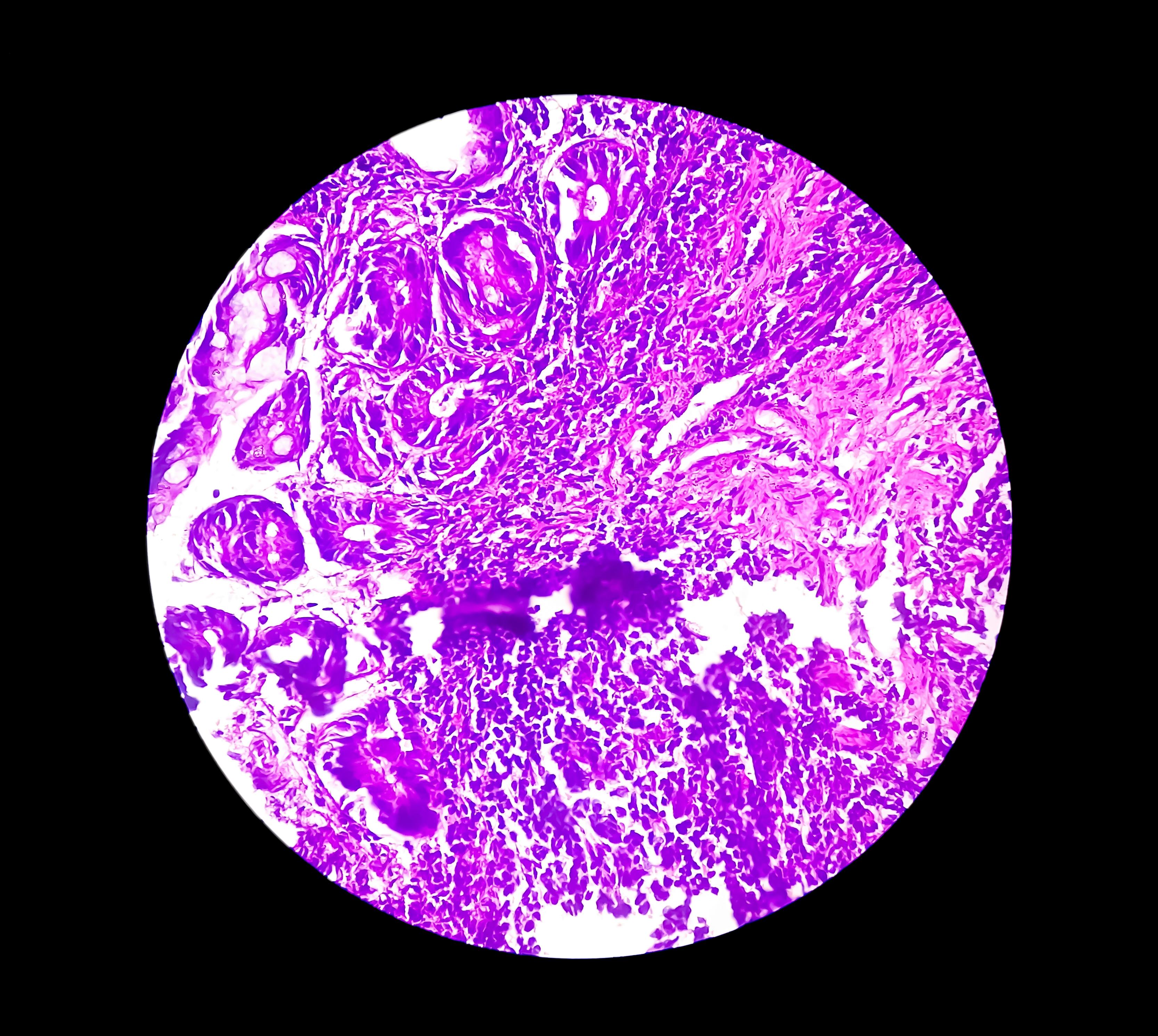
We can think of cells as the building blocks of living things. Every organ in your body, from your brain to your gut to your skin, is made up of highly specialized cells. But most cells don’t just float freely throughout your body — they’re bound together by proteins to form complex structures.
Now, with the help of molecular engineering, researchers have developed a way to program which types of cells stick to one another, and how strongly.
They hope that this “cellular glue” will one day be used to treat a wide range of diseases, including some of the most difficult-to-treat conditions, like nerve damage and cancer. Their results were recently published in the journal Nature.

Here’s the background — Thanks to high school biology class, most people are familiar with the basic structure of a cell: cell membrane on the outside, and a cytoplasm studded with organelles and a nucleus on the inside.
“But one thing that most people don’t really learn is how your cells come together,” says Wendell Lim, a molecular pharmacologist at the University of California, San Francisco, and senior author of the new research. “They’re like this incredibly complex, 30-trillion-piece jigsaw puzzle.”
Cells stick together thanks to proteins called “adhesion molecules,” which stud the cell’s surface and help them link up like lego pieces. Different adhesion molecules allow different types of cells to connect — and they also determine the strength of said connection.
Dense organs, like kidneys or livers, for example, have particularly tight intracellular connections. Meanwhile, immune cells form much weaker connections with one another, allowing them to squeeze around more tightly-bound cell bundles.
Without cellular adhesion, your body wouldn’t be able to function — you would literally fall to pieces. “It controls a number of different, very distinct processes within multicellular organisms,” says Adam Stevens, a molecular biologist at the University of California San Francisco and first author of the study.

What’s new — By tinkering with a variety of cells from different organs and their surface adhesion molecules, Stevens and his team were able to control which types of cells stuck to one another, and how strong the connection was.
They engineered the cells and surface adhesion molecules to allow them to mix-and-match adhesion strength and cell type as needed. The ability to fine-tune these two qualities is crucial because it would enable researchers to deploy cellular glue for many different (and extremely specific) purposes, such as repairing an organ or boosting immune cell interactions.
Lim likens it to using different adhesives for home improvement. “You might want to use an epoxy glue to stick something together so that it won’t ever come apart,” says Lim, “But other times, you might want to use blue painter’s tape that comes off cleanly.”
Studying how exactly these molecules contribute to overall health could also give researchers a better understanding of how adhesion molecules evolved in the first place, an adaptation that made multicellular life possible.

Why it matters — When cellular adhesion starts to break down, things in the body go awry. Malfunctioning adhesion molecules have been implicated in neurodegenerative diseases, such as Alzheimer’s.
And they may play a role in immune conditions like rheumatoid arthritis and Crohn's disease. So far, the ability to treat these conditions on a cellular level has proven difficult. But the ability to manipulate adhesion molecules may change that.
What’s next — So far, the researchers have only tested their cellular glue in mouse cells in a lab setting. “It’s still very, very, very early on,” says Stevens. A lot more testing is needed before the bioengineered molecules are ready for clinical applications.
However, it’s an important first step in unlocking the molecules’ therapeutic potential. Eventually, the researchers hope that their technique will be used for purposes like modeling diseased tissues to test new cancer treatments, or as a therapy for people with nerve damage or immune diseases. They could even help stitch tissues back together after surgery.
“I’m excited to try it,” Stevens says.







